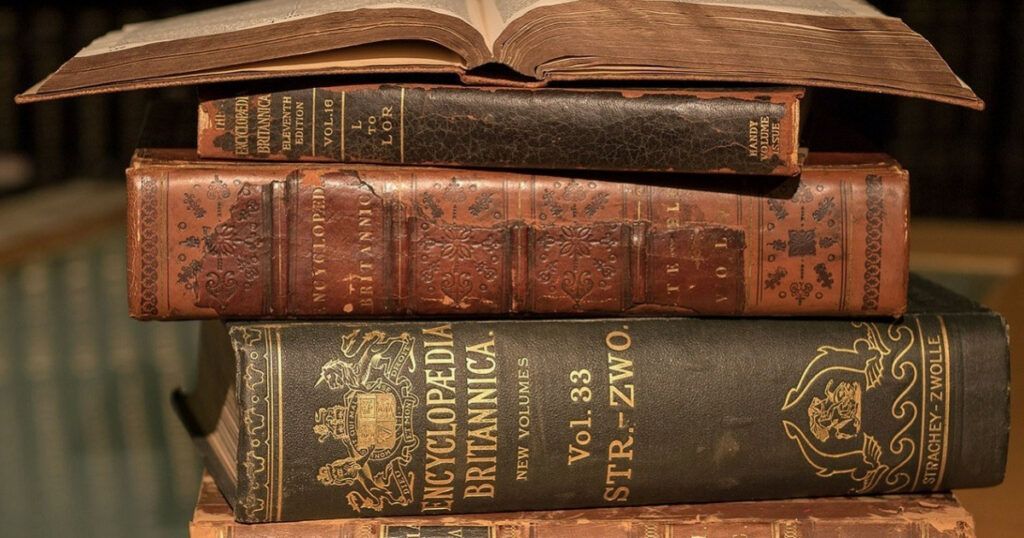So, you’re interested in history, right? But have you ever thought about how historians actually do history? It’s not just about reading dusty old books (although that’s part of it!). Historians rely heavily on what we call “auxiliary sciences”—disciplines that support and enrich the study of history, providing crucial evidence and perspectives. Think of them as the supporting cast, vital for giving the main historical narrative depth and authenticity.
Defining the Role of Auxiliary Sciences in Historical Research
Auxiliary sciences provide the tools and methodologies historians use to analyze evidence, interpret the past, and construct historical narratives. They help us move beyond simple storytelling and into a more rigorous, evidence-based understanding of the past. Without them, history would be reduced to guesswork and speculation.
The Interdisciplinary Nature of History
History isn’t a siloed discipline. It’s inherently interdisciplinary, drawing on knowledge and techniques from a wide range of fields. This interdisciplinary approach is precisely what makes history so fascinating and powerful. It allows us to piece together a more comprehensive and nuanced understanding of the past. It’s like a jigsaw puzzle—each auxiliary science provides a piece, and together, they form a complete picture.
Archaeology: Unearthing the Past
Archaeology is perhaps the most obvious auxiliary science. It’s the study of human history and prehistory through the excavation of sites and the analysis of artifacts. Archaeologists dig up the past, literally!
Archaeological Methods and Techniques
From painstaking excavation techniques to sophisticated laboratory analyses of artifacts, archaeology offers a tangible connection to past societies. Imagine uncovering a Roman villa, or a medieval castle—these sites provide a wealth of information about daily life, social structures, and technological advancements.
Archaeological Finds and Historical Interpretation
Archaeological findings don’t just speak for themselves. Historians interpret these findings in the context of written records and other evidence to build a more complete understanding of the past. For example, pottery shards can reveal trade routes, while the layout of a city can illuminate its social hierarchy.
Epigraphy: Deciphering Ancient Texts
Epigraphy is the study of inscriptions on ancient objects, such as stones, pottery, or metal. These inscriptions can be anything from short, cryptic messages to lengthy historical accounts.
The Importance of Epigraphic Evidence
Epigraphic evidence provides invaluable insights into the languages, beliefs, and political systems of past societies. It offers a direct window into the minds and thoughts of people who lived centuries ago.
Challenges in Epigraphic Interpretation
Deciphering ancient texts can be incredibly challenging. Languages change, scripts evolve, and the condition of the inscriptions themselves can make interpretation difficult. But the rewards of successfully deciphering an ancient inscription are immense.
Numismatics: Studying Coins and Currency
Numismatics focuses on the study of coins and currency. Coins are tiny historical time capsules, carrying information about rulers, political events, economic systems, and artistic styles.
Coins as Historical Artifacts
The imagery, inscriptions, and even the metal used to make a coin can tell us much about the society that produced it. Coins can be invaluable for dating events and understanding economic trends.
Numismatic Evidence and Economic History
By studying changes in coin design, metal content, and circulation patterns, numismatists provide crucial insights into economic history, helping historians understand trade, taxation, and the flow of wealth through societies.
Paleography: The Study of Ancient Writing
Paleography is the study of ancient handwriting, focusing on the evolution of writing systems and the characteristics of different scripts.
Evolution of Writing Systems
Paleography reveals how writing systems developed over time, from simple pictograms to complex alphabets. Understanding these changes is crucial for accurately interpreting ancient texts.
Paleography and the Dating of Documents
Paleographers can often date documents based on the style of handwriting. This is invaluable for establishing the chronology of events and for verifying the authenticity of historical documents.
Genealogy: Tracing Family Histories
Genealogy might seem a niche area, but it provides valuable insights into social history, demonstrating family structures, social mobility, and migration patterns across generations.
Genealogical Research Methods
Genealogical research uses a variety of sources, including birth, marriage, and death certificates, census records, and family Bibles, to trace family lineages.
Genealogy’s Contribution to Social History
By piecing together individual family histories, genealogists contribute to a richer understanding of social structures and the experiences of ordinary people throughout history.
Cartography: Mapping the Past
Cartography, the study of map-making, provides critical information about territorial boundaries, settlement patterns, and the evolution of landscapes.
Historical Maps and Territorial Changes
Historical maps show us how borders shifted, cities grew, and roads were built over time. They are crucial for understanding political and economic changes.
Cartography and the Understanding of Settlement Patterns
Maps can illuminate the distribution of populations, the location of key resources, and the strategic importance of particular locations.
Anthropology: Cultural Perspectives
Anthropology brings a valuable cultural lens to historical research. It helps historians understand the beliefs, customs, and social structures of past societies.
Cultural Anthropology and Historical Context
Cultural anthropologists often use ethnographic methods to understand the context in which historical events unfolded.
Anthropological Insights into Social Structures
Anthropological insights can help historians interpret the meaning of artifacts, rituals, and social practices in past societies.
Linguistics: Language as a Historical Tool
Linguistics is the scientific study of language, and historical linguistics can illuminate migration patterns, cultural interactions, and the evolution of languages themselves.
Historical Linguistics and Language Change
Tracing language evolution can offer insights into the movements and interactions of different groups.
Linguistic Evidence in Reconstructing Past Societies
Language can provide clues about social structures, beliefs, and cultural interactions in past societies.
Sociology: Understanding Social Structures
Sociology contributes to history by offering frameworks for understanding social structures, inequalities, and social change throughout history.
Social Structures and Historical Events
Sociological analysis can illuminate the impact of social structures on historical events.
Sociological Analysis in Historical Research
Sociological perspectives can help historians understand the causes and consequences of historical events.
Political Science: Analyzing Power Dynamics
Political science helps historians understand power dynamics, political systems, and the role of political factors in shaping historical events.
Political Systems and Historical Change
Analyzing political systems and their evolution offers crucial insights into historical change.
The Role of Politics in Shaping History
Political science helps us understand how politics has shaped societies and influenced the course of history.
Conclusion: The Value of Interdisciplinary Approaches
In conclusion, auxiliary sciences are indispensable to the study of history. They provide the tools, techniques, and perspectives needed to move beyond simple narratives and develop a more nuanced, evidence-based understanding of the past. By embracing an interdisciplinary approach, historians can weave together diverse strands of evidence to create richer, more compelling historical accounts. The integration of these fields demonstrates how complex and multifaceted historical analysis truly is. It’s a collaborative endeavor, requiring a blend of skills and perspectives to unlock the secrets of the past.
FAQs
- What is the difference between history and archaeology? History primarily uses written sources, while archaeology uses physical remains to study the past. They often complement each other.
- How does paleography help historians? Paleography helps date documents and understand the evolution of writing, crucial for interpreting ancient texts.
- Why is numismatics important for economic history? Coins reveal details about economies, rulers, and trade routes, providing invaluable insights into past economic systems.
- How does genealogy contribute to social history? Genealogy reveals family structures, migration patterns, and social mobility over generations, enriching our understanding of social change.
- What is the role of anthropology in historical studies? Anthropology provides cultural insights, helping historians interpret the beliefs, customs, and social structures of past societies.

